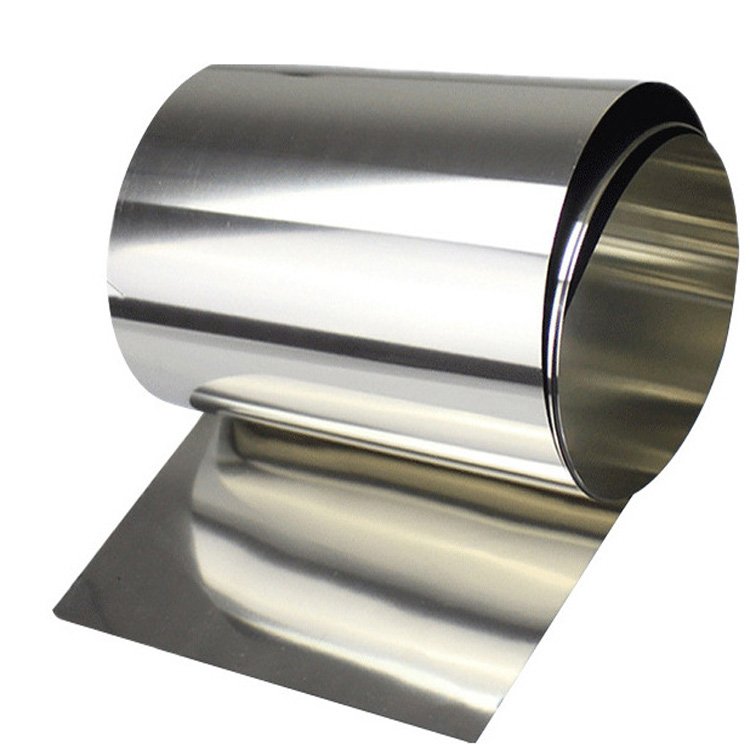Showing 361–372 of 632 results
-

- High Thermal Stability: Performs reliably in extreme temperatures.
- Oxidation Resistance: Ideal for protective coatings in harsh environments.
- Superior Mechanical Strength: Enhances the durability of deposited films.
- High Purity Standards: Ensures film quality and minimal contamination.
- Custom Solutions Available: Adaptable to meet specific industrial or research requirements.
-

- High Dielectric Constant: NbTiO₃ has a high dielectric constant, making it ideal for capacitors and other electronic components requiring high energy density.
- Ferroelectric Properties: The ferroelectric nature of NbTiO₃ enables its use in memory devices and sensors that need stable, reliable performance under varying conditions.
- Optical Transparency: NbTiO₃ thin films provide excellent optical transparency, ensuring their application in optoelectronic devices and displays.
- Chemical and Thermal Stability: NbTiO₃ films are highly stable in both chemical and thermal environments, ensuring long-lasting performance in demanding applications.
-

- High Strength: The alloy provides exceptional mechanical strength, making it suitable for demanding applications.
- Temperature Resistance: Offers good resistance to high temperatures, maintaining performance under thermal stress.
- Corrosion Resistance: Resistant to oxidation and corrosion, enhancing the lifespan of components in harsh environments.
-

- Magnetic Properties: Neodymium is known for its exceptional magnetic strength, making it ideal for use in permanent magnets, motors, and generators.
- Optical Properties: Neodymium-doped materials exhibit excellent optical properties, particularly in lasers and glass coloring.
- Alloying: When alloyed with other metals, neodymium improves the strength, ductility, and resistance to high temperatures, making it suitable for specialized applications.
- Catalysis: Neodymium compounds act as effective catalysts in the petrochemical industry, helping refine crude oil into gasoline and other products.
- High Thermal Resistance: Neodymium powder can withstand high temperatures, making it suitable for high-temperature environments and applications such as in electric motors and energy storage.
-


- Purity: High purity (99.9% or higher) is critical to ensure the quality and performance of the deposited film.
- Shape and Size: These targets are available in different shapes, such as discs, plates, and cylinders, with customizable dimensions to fit specific sputtering systems.
- Density and Grain Size: Neodymium targets are manufactured with high density and controlled grain size to improve sputtering efficiency and consistency.
- Magnetic Properties: Neodymium is ferromagnetic, making it ideal for applications requiring magnetic properties.
-

- High purity levels (≥99.9% or ≥99.99%).
- Stable physical and chemical properties.
- Uniform particle size suitable for industrial and laboratory use.
- Customizable specifications available upon request.
-

- High Purity: Purity levels of ≥99.5% for reliable performance in sensitive applications.
- Magnetic Properties: Essential in manufacturing high-performance neodymium magnets.
- Optical Clarity: Enhances coloration and UV resistance in glass and ceramics.
- Thermal Stability: Maintains performance in high-temperature environments.
- Customizable Particle Size: Available in nano (<100 nm) and micro (1–50 µm) grades or customized.
-

- Magnetic Properties: Neodymium oxide exhibits magnetic behavior, making it valuable in magneto-optic devices and sensors where control of magnetic fields is required.
- Optical Transparency: Nd₂O₃ thin films offer optical transparency in the infrared range, making them ideal for optical coatings and filters in laser and photonic devices.
- High Refractive Index: The high refractive index of Nd₂O₃ allows for efficient control of light in optical applications, especially in the IR spectrum.
- Chemical Stability: Nd₂O₃ is highly stable in various chemical environments, ensuring durability and performance in industrial and research applications.
-

- Corrosion Resistance: Nickel foil is highly resistant to corrosion, especially in harsh environments, making it suitable for applications in corrosive conditions like chemical processing and marine industries.
- High Thermal Stability: Nickel foil maintains its performance at high temperatures, ensuring stable functionality in high-heat applications such as furnaces and heat exchangers.
- Excellent Electrical Conductivity: Known for its good electrical conductivity, nickel foil is used in the electronics industry for components like batteries, capacitors, and electrical connections.
- Malleability and Flexibility: Nickel foil is malleable and can be easily shaped into thin sheets, which is beneficial for precision applications that require flexibility.
- Magnetic Properties: Nickel exhibits ferromagnetic properties, making it ideal for use in magnetic shielding applications and other electromagnetic devices.
- Durability and Strength: Nickel foil is tough and resistant to wear and tear, ensuring long-lasting performance in demanding applications.
-

- High Purity: Nickel pellets are available with purity levels of ≥ 99.9%, ensuring superior quality films.
- Uniform Shape: Designed for smooth and consistent evaporation, providing uniform film thickness.
- High Conductivity: Excellent thermal and electrical conductivity make it ideal for electronic and thermal applications.
- Corrosion Resistance: Nickel’s natural resistance to oxidation ensures long-lasting coatings in corrosive environments.
- Magnetic Properties: Suitable for applications that require magnetic thin films.
-


- High Purity: Ensures superior performance in critical applications.
- Corrosion Resistance: Exceptional resistance to oxidation and harsh environments.
- Thermal Stability: Performs reliably under high-temperature conditions.
- Excellent Conductivity: High electrical and thermal conductivity for electronic and energy applications.
- Customizable Particle Sizes: From nano to micrometer scales for specific industrial needs.
- Versatile Applications: Suitable for batteries, coatings, catalysts, and additive manufacturing.
-


- Thickness: The thickness of the nickel coating can be precisely controlled during the sputtering process, allowing for customized solutions to meet specific application needs.
- Alloys: Nickel sputtering targets can be produced as pure nickel or in alloyed forms, such as nickel-cobalt (Ni-Co) or nickel-chromium (Ni-Cr), depending on the desired properties of the thin film.
- Backing Plates: Nickel targets can be bonded to backing plates made from materials like copper or molybdenum to improve thermal conductivity and mechanical stability during the sputtering process.















